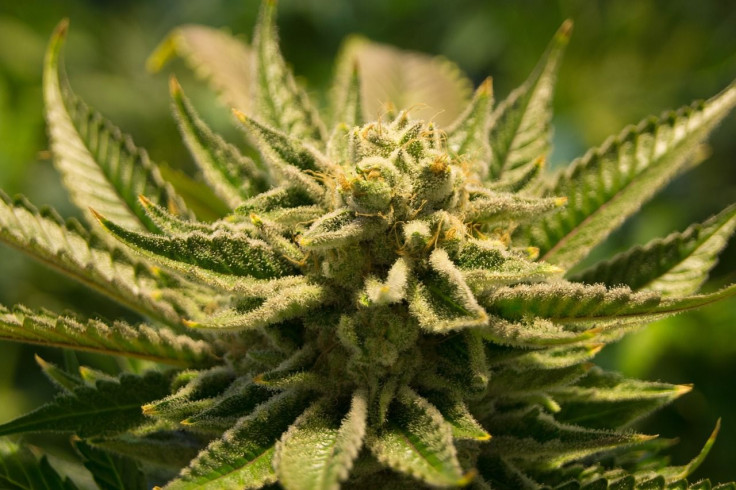Search for a Cannabis High Could Lead to Nausea, Vomiting

When an otherwise healthy young person goes to the emergency room complaining of nausea, pain, and uncontrollable vomiting, doctors might assume the worst. But if these patients use cannabis, it may not be. They may be experiencing cannabinoid hyperemesis syndrome (CHS), a medical condition resulting from chronic marijuana use.
Normally, THC, the chemical in cannabis that provides the feeling of being high, is an antiemetic. It stops you from vomiting. Chronic overexposure to THC might reverse that effect though, and cause an increase in nausea and vomiting rather than a reduction.
A 2017 case report published in the journal Pediatrics by Jessica Graham, MD, a pediatric emergency room physician at the School of Medicine, University of Colorado, described two young patients, a 16-year-old and 20-year-old, who both went to the hospital because of vomiting and severe pain. Both had been to the hospital more than once with the same complaints. In both cases, Graham used capsaicin cream, rubbed on the patients’ stomach to treat the patients. Although there was some burning where the cream was applied, a known side effect, both patients stopped vomiting, felt less nauseous, and were discharged home.
You may know capsaicin not as a medical ingredient, but by its familiar role in hot peppers; the compound is what makes them spicy. At a 2014 meeting of the American College of Toxicology, Jeff Lapoint, DO, an emergency room physician in San Diego, presented his findings on using capsaicin cream for the treatment of CHS. Lapoint had noticed the trend of patients with CHS taking hot baths. The heat you feel when you sink into hot bath water and the spiciness when you bite down on a jalapeno might feel different, but biologically they are surprisingly similar. Hot temperatures and hot flavors both turn on the same signals, interacting with a receptor called TRPV1. Lapoint guessed that if hot temperatures made his patients feel better, spicy heat might help too. Researchers still don’t entirely understand why activating TRPV1 with spicy food or with capsaicin cream in the hospital setting helps patients.
Just like Graham’s two patients, both of Lapoint’s patients, a 28-year-old man, and a 19-year-old girl, were able to go home with much less nausea and vomiting after capsaicin cream treatment. Lapoint’s and Graham’s patients are not outliers, it seems. A 2017 review in Clinical Toxicology reviewed some 20 cases of successful CHS treatment with capsaicin.
The takeaway here is if you experience unexplained nausea, vomiting, and abdominal pain, and you also use cannabis on a regular basis, be sure to tell your doctor about your cannabis use. It may make diagnosis and treatment much quicker and much more effective.
Editor's note: This story is an update of Marijuana May Cause Intense Vomiting In Mysterious, Painful Condition originally published by Elana Glowatz on December 1, 2017.
Published by Medicaldaily.com



























